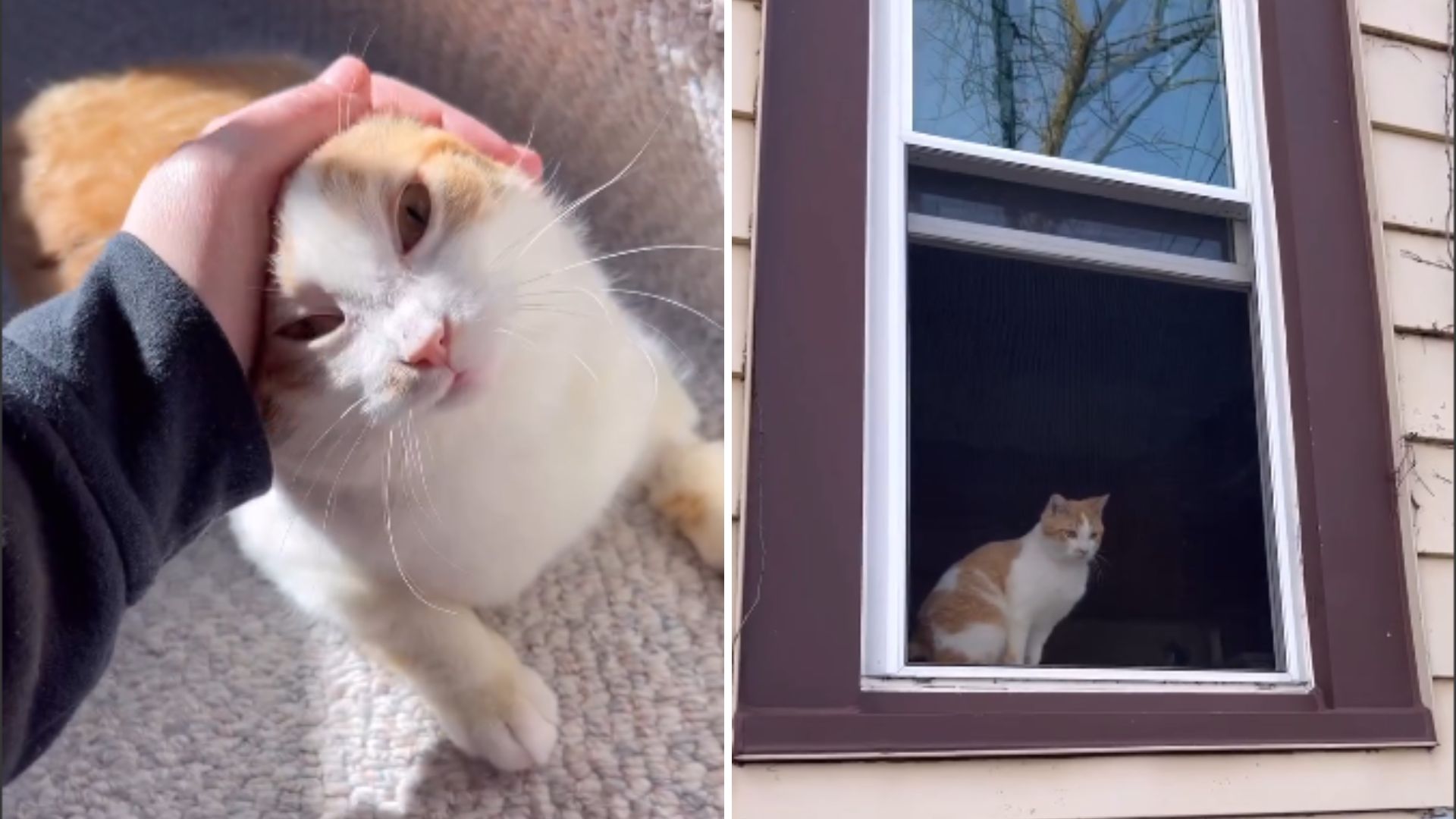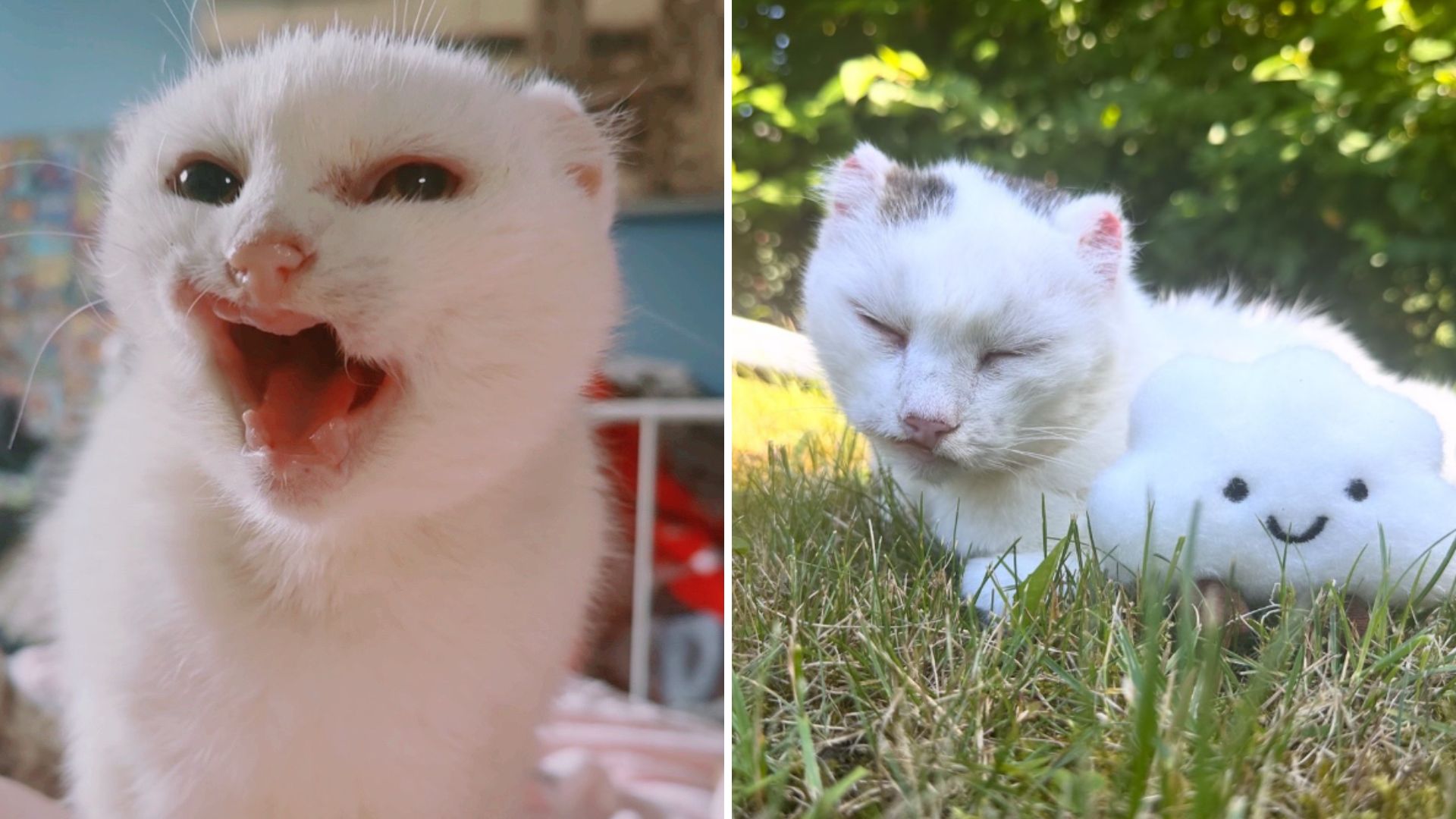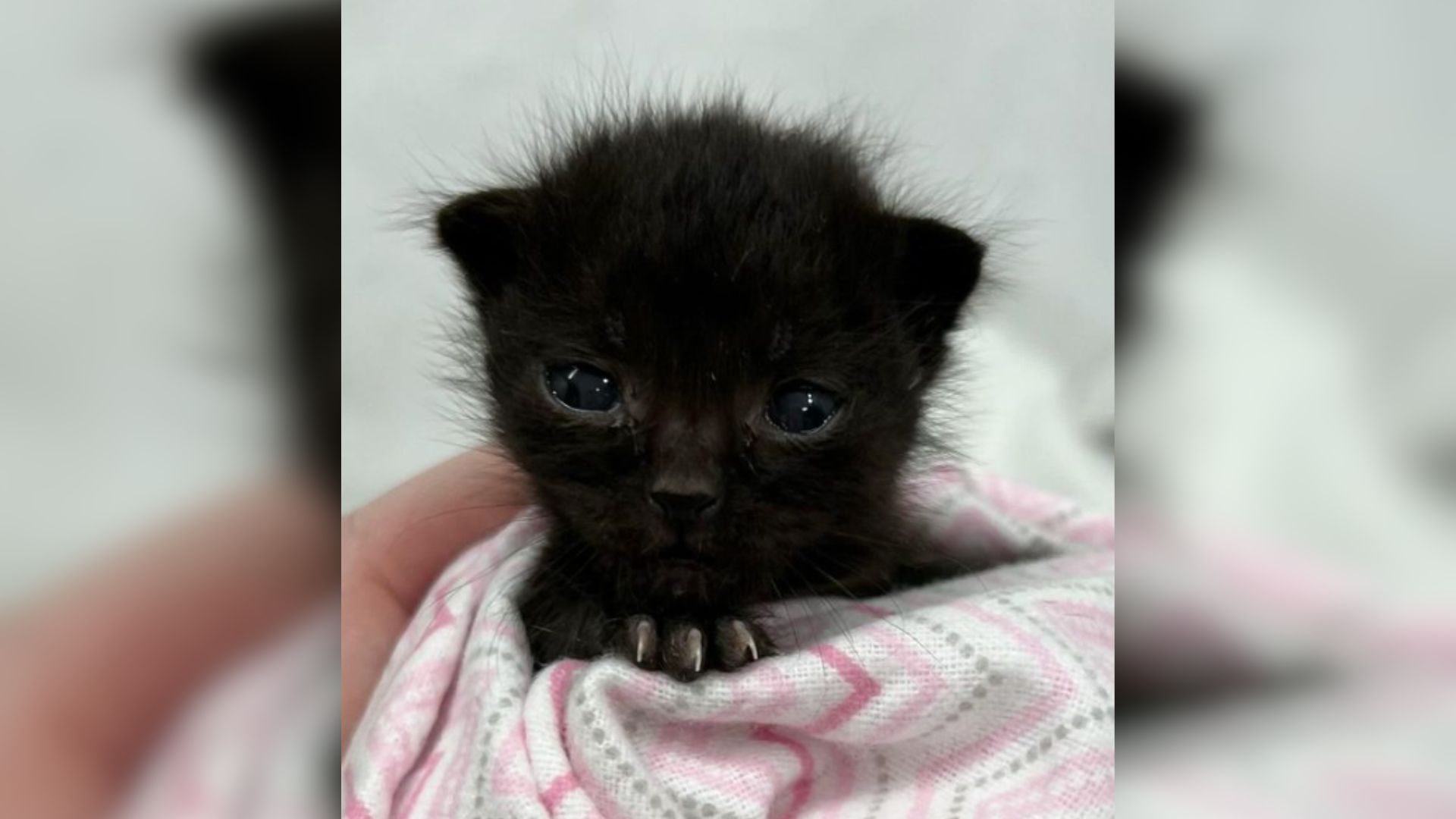Sign up for daily gardening advice and tips
Finding small striped or spotted beetles on your cucurbit crops? They could be cucumber beetles! Here’s how to identify, control, and prevent cucumber beetles in the garden.

What Are Cucumber Beetles?
If you find that the stems of your seedlings are being eaten off, leaves are yellowing and wilting, and holes are appearing, you may have a striped or spotted cucumber beetle problem. Striped cucumber beetles are specialists on cucurbits (such as cucumbers, squash, pumpkin, watermelons) while spotted cucumber beetles feed on other plants in addition to cucurbits.
Often, the beetles leave their hibernating sites early in the season (mid-April to early June), and feed on seedlings right as they are emerging, usually killing them. Then their larvae feed on the roots of the host plants. As they grow into adults (mid-July to September), the beetles will once again feed on the leaves, vines, and fruit of plants that survive, leaving deep marks in the rind.
Cucumber beetles hold another threat too: They can spread bacterial diseases and viruses from plant to plant, such as bacterial wilt or mosaic virus.
Identification
How to Identify Cucumber Beetles
Adult striped cucumber beetles are about ¼ inch long and have a yellow-and-black–striped abdomen and a dark-colored head and antennae. Spotted cucumber beetles are the same length but have 12 black spots on a yellow abdomen. The larvae are worm-like, white, dark-headed, and have three pairs of legs on the thorax.

Identifying Cucumber Beetle Damage
While cucumber beetle larvae feed on cucurbit roots, adult feeding is more damaging to the crop. Adults feed on leaves and can stunt plant growth. Look for holes and yellowing and wilting leaves.
Feeding on flowers can reduce fruit production, and direct feeding on fruits causes unattractive scars and pock marks on the fruit, too.
Often, the cucumber beetles alone will not kill the plants or cause major damage, but the spread of disease will. Feeding by adult cucumber beetles can spread bacterial wilt disease among cucurbit plants, even when population density of the insect is low.
Adult cucumber beetles overwinter in weeds, garden debris, and woody areas. The diseases they carry can also overwinter internally, and can be passed onto plants the next spring through fecal matter.
Control and Prevention
How to Get Rid of Cucumber Beetles
- Inspect newly planted cucurbit plants for the presence of this beetle; be watchful when plants are seedlings.
- Use yellow sticky traps to catch cucumber beetles and other pests.
- Knock beetles to the ground and catch them with a piece of cardboard placed under the plant. Or, use a handheld vacuum to suck up the beetles. They are very hard to hand pick, but it is easier to hand pick them with yellow gloves coated in petroleum jelly.
- Cover seedlings with row covers, though you must remove during blossoming time several hours each day to allow for pollination.
- Few insecticides can be used on cucurbit plants because they are very sensitive. They would need to be used when plants are just beginning to emerge through the soil. Please contact your local cooperative extension for a list of approved insecticides for your area.
- Folk advice from The 1963 Old Farmer’s Almanac states that nasturtiums and wood ashes are effective against cucumber beetles.

How to Prevent Cucumber Beetles
- If you till your garden in the late fall, you will expose cucumber beetles hiding there to harsh winter conditions and reduce their populations next year. Remove all debris after fall harvest to reduce overwintering habitat.
- Rotate crops so cucurbit crops are not planted directly into soils containing overwintering populations.
- Transplanting young plants rather than direct seeding can protect vulnerable seedlings from damage.
- Planting trap crops (cucurbit varieties highly attractive to cucumber beetles) at the perimeter of the harvested crop can keep cucumber beetles from migrating into the harvested crop.
- Where cucumber beetles are a problem, let the beetles come out of hiding and plant late. They have a knack for finding vulnerable seedlings. When yours are up and growing, the cucumber beetles will be gone, fooled into thinking you don’t have any cucumbers in your garden.
- Natural predators include beneficial insects like braconid wasps, some nematodes, and soldier beetles.
- Companion planting your vegetables with flowers can help to keep pests away from the plants you don’t want the beetles to attack.
- Once bacterial disease has entered the plant, there’s very little that you can do. If it’s bacterial wilt, you’ll see the leaves dry up and the plant will quickly wilt and die. Take prevention for next year, as described above.





